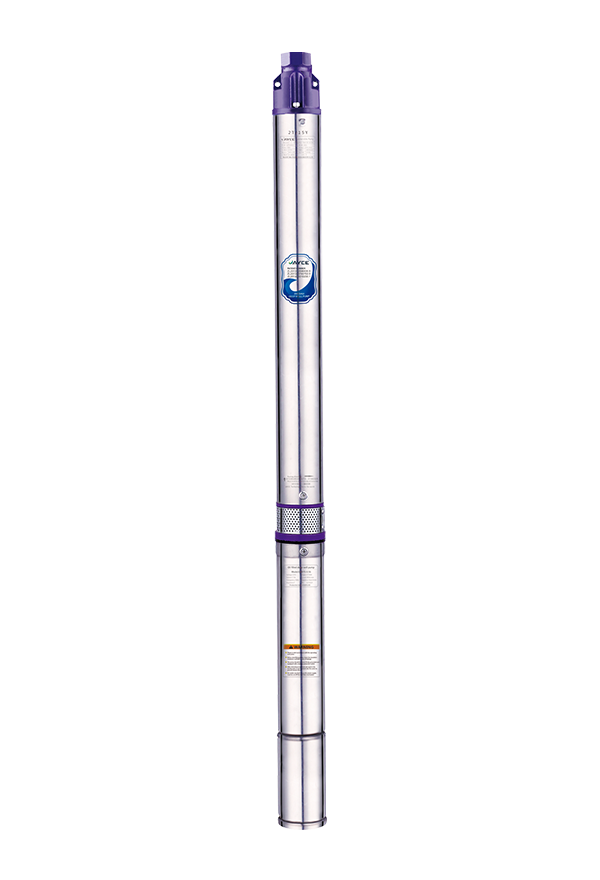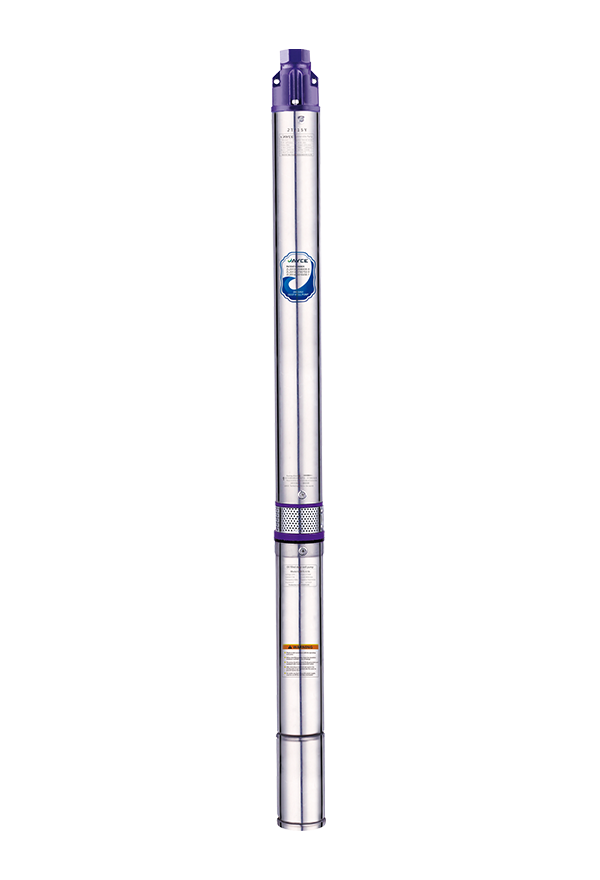Stainless steel submersible pumps have become indispensable in various industrial and residential applications due to their durability, corrosion resistance, and efficient performance. In this article, we delve into the manufacturing aspects of 4-inch submersible pumps, shedding light on the intricate processes involved in crafting these reliable water pumps.
Raw Material Selection:
The foundation of a robust stainless steel water pump lies in the careful selection of raw materials. Manufacturers prioritize high-quality stainless steel alloys, typically AISI 304 or 316, known for their corrosion resistance, strength, and suitability for submersion in water. The choice of stainless steel ensures longevity and reliability, essential factors for a pump that operates in challenging environments.
Casting and Forming:
The manufacturing process kicks off with precision casting, where molten stainless steel is carefully poured into molds to create the intricate components of the pump. This casting process is crucial for achieving the desired shape and structural integrity. Subsequently, machining processes such as milling, turning, and drilling are employed to refine the cast components, ensuring they meet exact specifications.
Impeller Design and Balancing:
The impeller, a critical component responsible for water movement, undergoes meticulous design and balancing processes. Engineers focus on creating efficient blade profiles to optimize water flow while maintaining structural integrity. Dynamic balancing ensures smooth operation, reducing vibrations that could compromise pump performance and longevity.
Sealing Mechanisms:
To guarantee water-tight operation at various depths, sealing mechanisms play a pivotal role. Advanced sealing technologies, such as mechanical seals or labyrinth seals, are employed to prevent water ingress and protect internal components from corrosive elements. The meticulous assembly of these seals requires precision to ensure the pump's reliability in diverse operating conditions.
Motor Integration:
The heart of any submersible pump is its motor. Manufacturers integrate high-quality, energy-efficient motors designed to deliver consistent power while less energy consumption. Motor components undergo stringent quality control checks, and insulation materials are carefully selected to withstand submersion and ensure long-term reliability.
Testing and Quality Assurance:
Before reaching the market, every submersible pump undergoes rigorous testing to validate its performance and durability. Bench tests, including pressure and flow rate assessments, ensure that each pump meets or exceeds specified standards. Additionally, manufacturers implement quality assurance protocols throughout the production process to identify and rectify any deviations from design specifications.
Surface Finish and Coating:
Aesthetic appeal and corrosion resistance are enhanced through surface finishing and coating processes. Polishing and passivation improve the pump's visual appearance while promoting resistance to corrosion. The coating, often a specialized material compatible with submersion, provides an additional layer of protection against harsh environmental conditions.
Environmental Considerations:
Manufacturers increasingly prioritize eco-friendly practices in the production of submersible pumps. This involves recycling waste materials, optimizing energy consumption during manufacturing, and exploring sustainable packaging options. By adopting environmentally conscious practices, manufacturers contribute to the overall sustainability of their products.
The manufacturing of stainless steel 4 submersible pumps demands a meticulous and comprehensive approach. From raw material selection to final testing, each step in the process plays a crucial role in ensuring the pump's reliability, efficiency, and longevity. As technology continues to advance, manufacturers strive to innovate and optimize these processes, ultimately providing end-users with dependable solutions for their water pumping needs.

 English
English bahasa Indonesia
bahasa Indonesia




.png)
.png)
